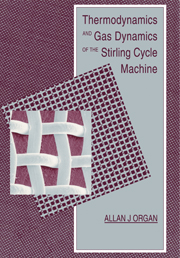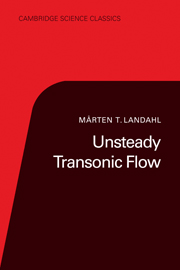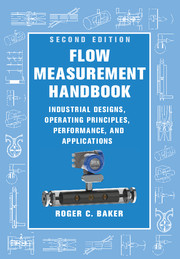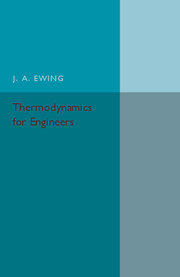Thermodynamics and Gas Dynamics of the Stirling Cycle Machine
This 1992 book provides a coherent and comprehensive treatment of the thermodynamics and gas dynamics of the practical Stirling cycle. Invented in 1816, the Stirling engine is the subject of worldwide research and development on account of unique qualities - silence, indifference to heat source, low level of emissions when burning conventional fuels and an ability to function in reverse as heat pump or refrigerator. The student of engineering will discover an instructure and illuminating case study revealing the interactions of basic disciplines. The researcher will find the groundwork prepared for various types of computer simulation, Those involved in the use and teaching of solution methods for unsteady gas dynamics problems will find a comprehensive treatment on nonlinear and linear wave approaches, for the Stirling machine provides an elegant example of the application of each. The book will be of use to all those involved in researching, designing or manufacturing Stirling prime movers, coolers and related regenerative thermal machines.
Product details
February 2010Paperback
9780521131797
452 pages
244 × 170 × 23 mm
0.72kg
Available
Table of Contents
- Foreword by Theodore Finkelstein
- Preface
- Notation
- 1. The Stirling cycle machine
- 2. Review of available theoretical treatments
- 3. An ideal thermodynamic reference cycle
- 4. Dynamic similarity
- 5. Flow within the regenerator
- 6. The equivalent Stirling cycle machine
- 7. A three-conservation law cycle model
- 8. Extension to four conservation laws
- 9. Full dynamic similarity
- 10. Lumped-parameter analysis
- 11. Implementation of the method of characteristics
- 12. The Stirling cycle as a linear wave phenomenon
- 13. Finite-cell solution schemes
- 14. Optimisation
- 15. The hot-air engine
- 16. The way forward
- Appendices.








